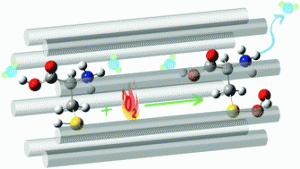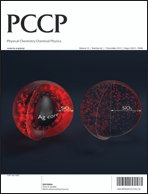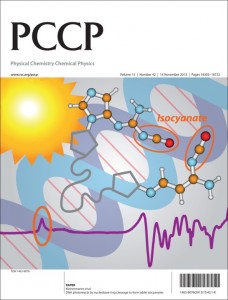Hydrogen demonstrates a staggering variation in its interactions with other materials. When it encounters metals, the norm is for it to dissociate and then chemisorb as atoms carrying a negative charge. It has already been established that this is not the case when hydrogen chemisorbs onto gold. It can chemically mimic gold atoms in clusters as gold has a high electron affinity and is isoelectronic to cationic hydrogen. Vetter et al. have conducted a study to determine whether this behaviour extends to the other coinage metals, despite their lower electron affinities.
The group employed high level calculations to predict the molecular orbitals of both the pure metal clusters and those where one of the metal atoms was replaced by hydrogen. They also recorded photoelectron spectra of the clusters so that their theoretical results might be backed by experimental findings, thus enabling a more thorough interpretation.
Their results are interesting, suggesting that although the charge on the hydrogen atom remains negative as one would expect at lower electron affinities, the structure of the cluster remains unperturbed, as in the gold case, when the original metal cluster is sufficiently large. This naturally leads to speculation about the comparative reactivity of these monohydride clusters, and the authors’ findings on the subject are eagerly awaited.
by Victoria Parkes
Read the full story here:
Hydrogen mimicking the properties of coinage metal atoms in Cu and Ag monohydride clusters
Karsten Vetter, Sebastian Proch, Gerd. F. Ganteför, Swayamprabha Behera and Puru Jena
DOI: 10.1039/C3CP53561D











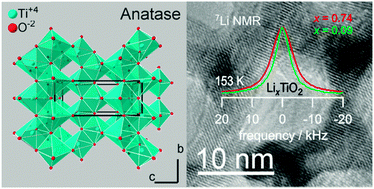
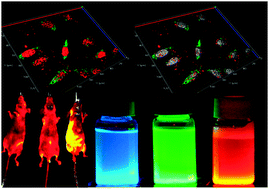
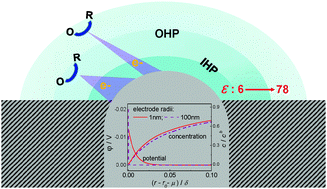
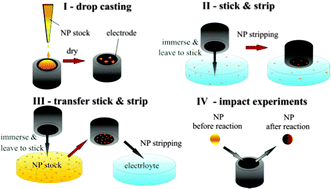
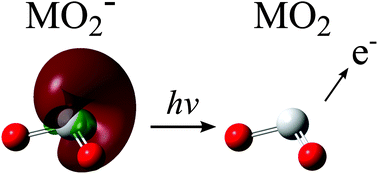
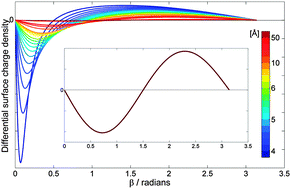 The results of their study are quite striking. They found that by varying the distance between the fullerene and the point charge, the surface charge density of C60 can be manipulated. In other words, they predict that one could selectively polarise a fullerene molecule to a greater or lesser extent. They were also able to predict the separation parameters necessary in order to achieve this, including identifying the tipping point at which the charge distribution is expressed as a purely positive hemisphere and a purely negative hemisphere.
The results of their study are quite striking. They found that by varying the distance between the fullerene and the point charge, the surface charge density of C60 can be manipulated. In other words, they predict that one could selectively polarise a fullerene molecule to a greater or lesser extent. They were also able to predict the separation parameters necessary in order to achieve this, including identifying the tipping point at which the charge distribution is expressed as a purely positive hemisphere and a purely negative hemisphere.